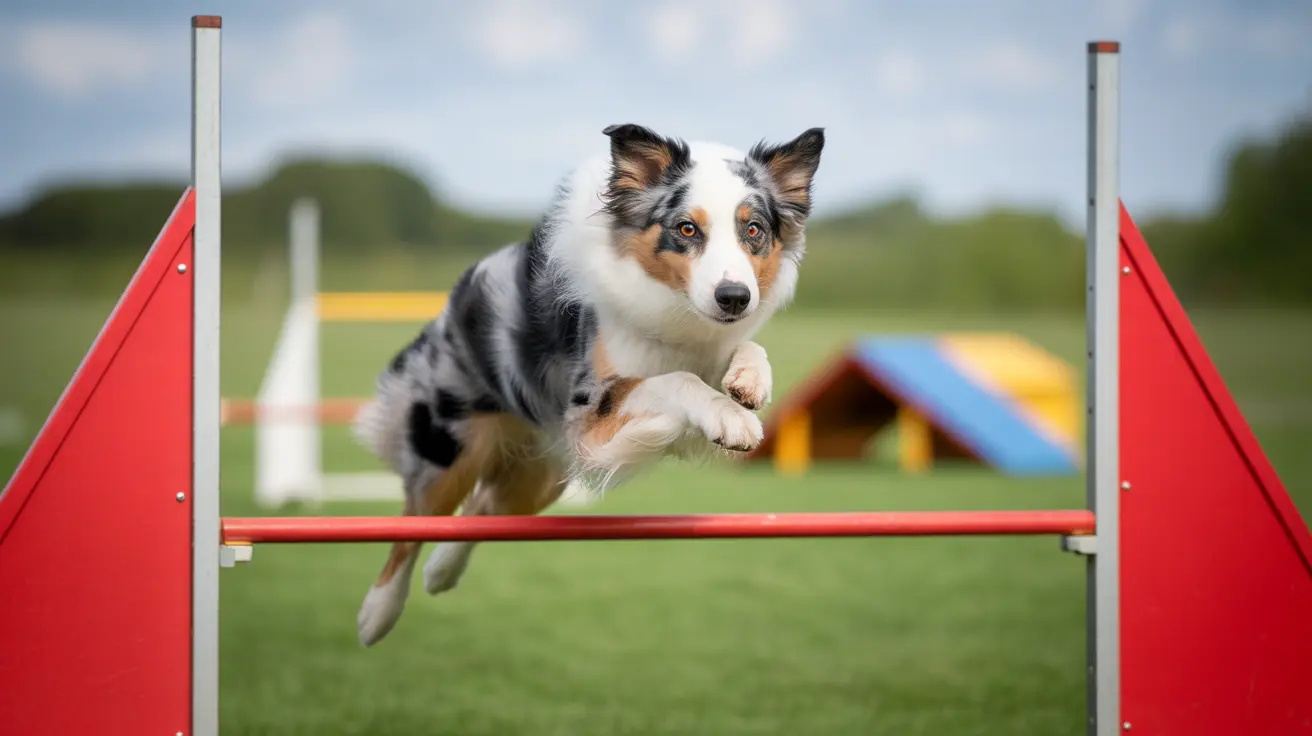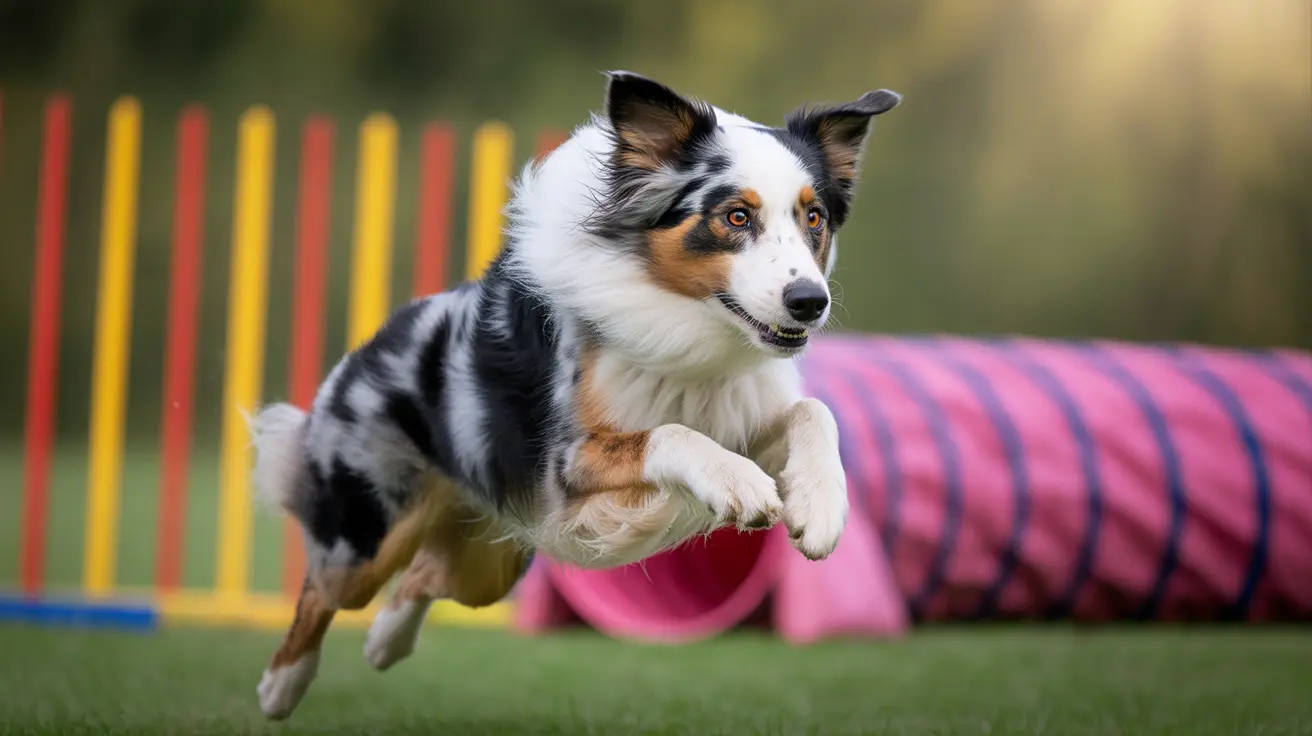The Pekingese Dog: History, Appearance, Temperament, and Care
The Pekingese is a captivating toy breed with a rich history rooted in Chinese royalty. Its striking appearance and unique personality have made it a beloved companion for centuries. Let's explore what makes the Pekingese so special—from its origins to daily care needs.
Origins and Royal Heritage
The Pekingese traces its lineage to ancient China, where it was cherished by emperors and nobles. These dogs were exclusive companions within the Imperial Palace and often associated with Buddhist symbolism of the lion. The breed's journey to the Western world began after British troops brought several dogs from Beijing's Old Summer Palace in 1860; one even became Queen Victoria's pet. Recognition by the American Kennel Club followed in 1906, cementing its global appeal.
Distinctive Appearance
Pekingese stand out thanks to their unmistakable look:
- Size: Typically 6–9 inches (15–23 cm) tall at the shoulder; weight ranges from 7 to 14 pounds (3.2–6.4 kg). The tiniest are called "sleeves," referencing their tradition of being carried in robe sleeves.
- Body: Compact, sturdy, and surprisingly heavy for their stature.
- Face: Large round eyes, shortened black muzzle.
- Coat: A flowing double coat flares around the neck and shoulders like a lion’s mane. Coat colors vary—fawn, black, cream, red, sable, white, biscuit—with possible black masks or white markings.
- Ears & Tail: Heart-shaped ears hang close to the head with heavy feathering; tail is set high and carried over the back with fringe.
Beneath all that fur lies a muscular body built for surprising strength despite their size.
Temperament: Dignified but Devoted
Pekingese have a reputation for dignity and sometimes aloofness—traits prized since their days as noble lapdogs. Yet they're deeply loyal to family members. Expect independence and occasional stubbornness; these dogs respond best to patient training with positive reinforcement.
- Loyal and affectionate toward family
- Aloof or reserved with strangers
- Strong-willed; can be stubborn but intelligent
Pekingese often form strong bonds with one person in the household. They're alert watchdogs who may bark at new sights or sounds but aren't typically nuisance barkers or diggers. With proper socialization they get along well with older children and other pets but don't tolerate rough handling—making them less ideal for homes with very young kids.
Exercise Needs
This breed's exercise requirements are low to moderate. One or two short walks (20–30 minutes each) per day plus playtime usually suffice. Because of their flat faces (brachycephalic anatomy), avoid excessive activity or heat exposure—monitor breathing closely during exercise and always provide water and cool resting spots.
- Younger puppies need gentle play to protect growing joints
Grooming Requirements
If you love brushing dogs, you'll appreciate the Pekingese! Their long double coat demands attention:
- Brush several times weekly (daily during shedding seasons) to prevent mats—focus on chest, ears, armpits, hindquarters.
- Clean face folds regularly to prevent skin issues around eyes/muzzle.
- Bathe as needed; trim nails frequently; clean ears; brush teeth daily.
Some owners opt for shorter trims for easier upkeep but avoid clipping too short—the double coat protects against both heat and cold. Shedding is moderate but increases seasonally.
Nutritional Needs
Pekingese thrive on high-quality diets formulated for toy breeds—matched to age, weight, activity level. Because they gain weight easily:
- Limit treats
- Measure portions carefully
Puppies need small-breed puppy food; adults/seniors require age-appropriate formulas. Avoid table scraps entirely.
Health Considerations
This breed faces some health challenges due to its physical structure:
- Brachycephalic airway syndrome (breathing difficulties)
- Eye problems: corneal ulcers, ingrown eyelashes (distichiasis), dry eye, entropion/ectropion
- Heart disease (notably mitral valve disease)
- Skin fold dermatitis
- Skeletal issues: intervertebral disc disease (IVDD), luxating patella (dislocating kneecap)
Lifting should always support both chest and hindquarters—never let them jump from heights. Routine veterinary care includes annual checkups, eye exams, weight monitoring, heartworm/parasite prevention.
Lifespan & Living Environment
Pekingese typically live 12–15 years when well cared for. Their intelligence means training sessions should be short and positive—crate or pee pad training helps overcome housetraining challenges. They're well suited to apartments or small homes due to their size and calm indoor nature.
A Breed of Distinction
The Pekingese has left its mark not just in palaces but also at major dog shows like Westminster—and has been owned by celebrities worldwide. Their regal demeanor endures today: they're best suited for attentive owners who appreciate their unique grooming needs and loyal companionship.





